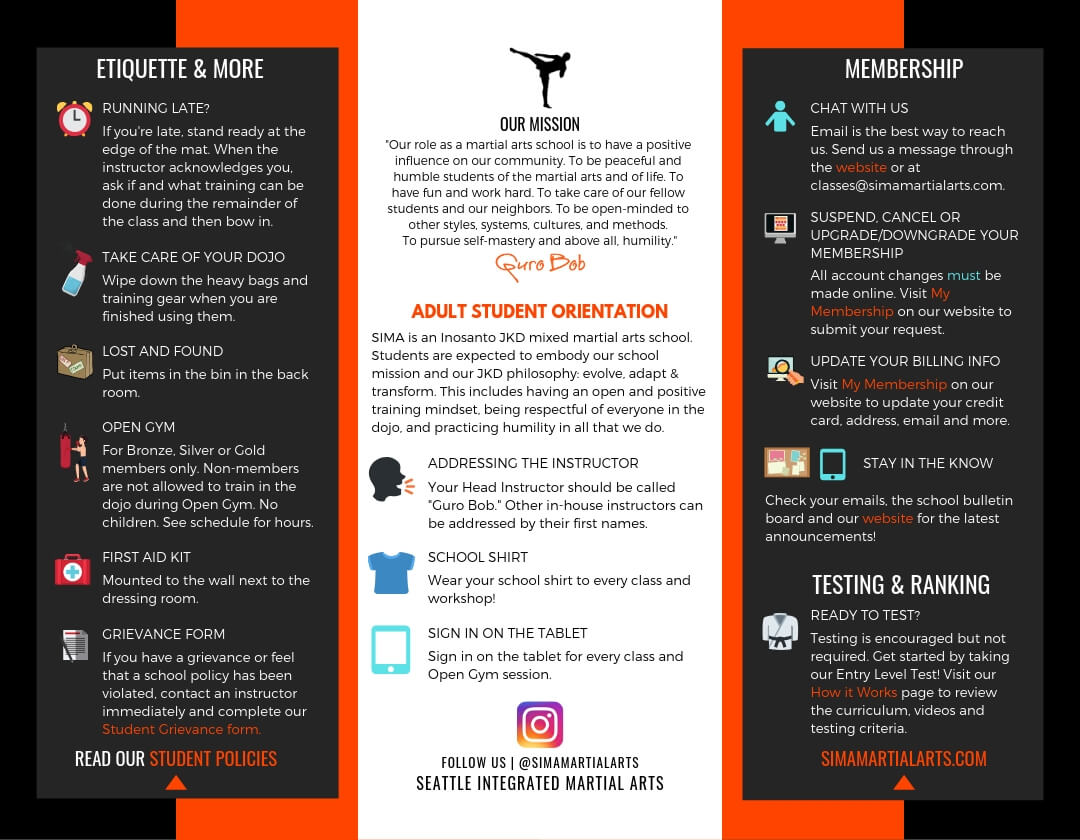Taekwondo For Self-Defense: Practical Tips And Strategies
Taekwondo For Self-Defense: Practical Tips And Strategies
Blog Article
Web Content Create By-Hobbs Kudsk
Looking to enhance your individual safety techniques? Taekwondo, a fighting style understood for its speedy kicks and effective strikes, might just be the capability you require.
With its emphasis on protection techniques, Taekwondo uses functional pointers and techniques that can be applied in real-life scenarios. Whether you're a newbie or have some experience, this discussion will provide you with valuable insights and strategies to boost your Taekwondo skills for self-defense.
So, get ready to unlock the keys behind Taekwondo's effectiveness in safeguarding yourself, and find exactly how you can become better geared up to manage any prospective hazard.
Basic Taekwondo Strategies for Protection
To effectively defend yourself using Taekwondo, it's essential to grasp standard methods that allow you to react promptly and emphatically in any kind of protection situation.
One of the fundamental techniques in Taekwondo is the front kick. This strategy includes raising your knee to your upper body and extending your leg onward, aiming to strike your opponent's chest or face with the sphere of your foot.
Another important technique is the roundhouse kick. With martial arts vs kickboxing , you pivot on your sustaining foot and swing your leg in a round motion, aiming to strike your opponent's body or head with the top of your foot or shin.
you can check here is an additional efficient method, entailing a quick and powerful thrust of your leg to strike your challenger's stomach.
Efficient Methods for Using Taekwondo in Real-Life Situations
After grasping the basic techniques of Taekwondo for protection, it's important to create efficient approaches that can be used in real-life situations.
Below are three essential strategies to aid you utilize Taekwondo effectively:
- Stay tranquility and concentrated: In a real-life scenario, it's easy to worry or become overloaded. Nevertheless, by remaining source website and focused, you can assume much more clearly and make better choices.
- Use your environments: Taekwondo isn't just about kicks and punches. It's about using your setting to your benefit. Try to find objects that can be used for protection or to produce distance between you and your assailant.
- Go for vulnerable points: When protecting on your own, aim for the weak spots of your attacker. Strikes to the eyes, throat, groin, or knees can swiftly disable an opponent and provide you the upper hand.
Tips for Improving Your Taekwondo Skills for Protection
Developing your Taekwondo skills for self-defense needs consistent method and a focus on vital methods.
To improve your skills, beginning by grasping the fundamentals. https://coping-for-kids-through-t99887.bloggerchest.com/33770010/discover-the-world-of-self-defense-training-where-typical-fight-techniques-mix-with-modern-techniques-to-enhance-your-capabilities-in-shocking-ways with your position, balance, and maneuvering to make sure a strong foundation.
Practice your kicks and punches to create rate, power, and precision. Include defensive techniques such as blocks and parries right into your training to properly defend yourself against attacks.
On a regular basis spar with a companion to imitate real-life circumstances and enhance your response time and decision-making abilities.
Furthermore, cross-training in various other fighting styles or battle sporting activities can give an all-around technique to protection.
Verdict
As you get out of the taekwondo studio, your mind is full of new techniques and approaches for protection. You feel great in your capacity to safeguard yourself in real-life situations.
However in the middle of the power and poise of taekwondo, remember that real self-defense exists not just in physical expertise, but also in the capacity to prevent problem and diffuse strained circumstances.
Taekwondo is a powerful tool, however it is necessary to utilize it intelligently and sensibly.
